

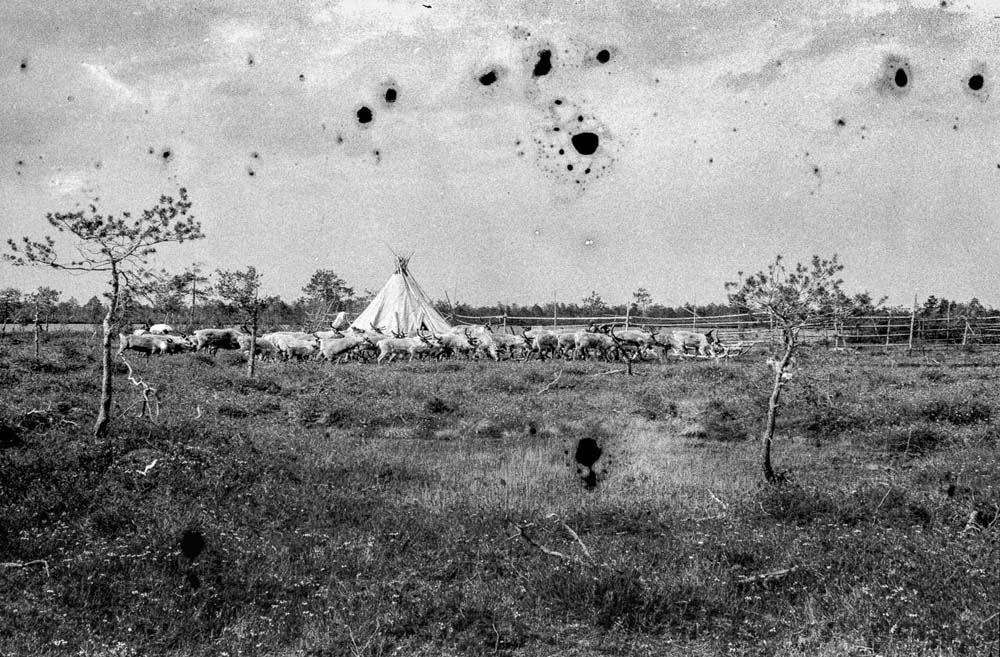
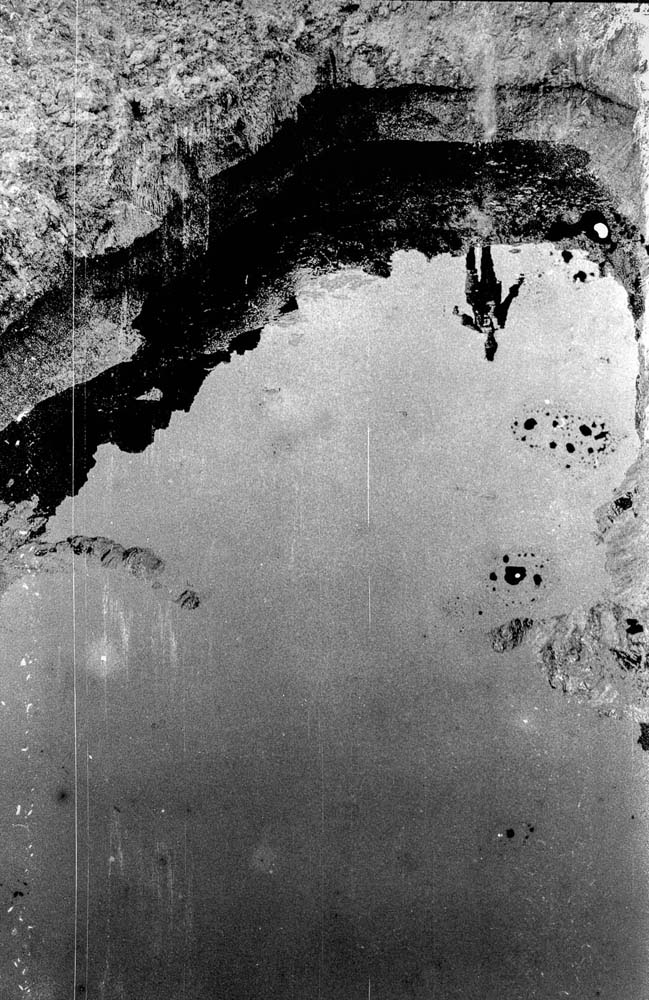



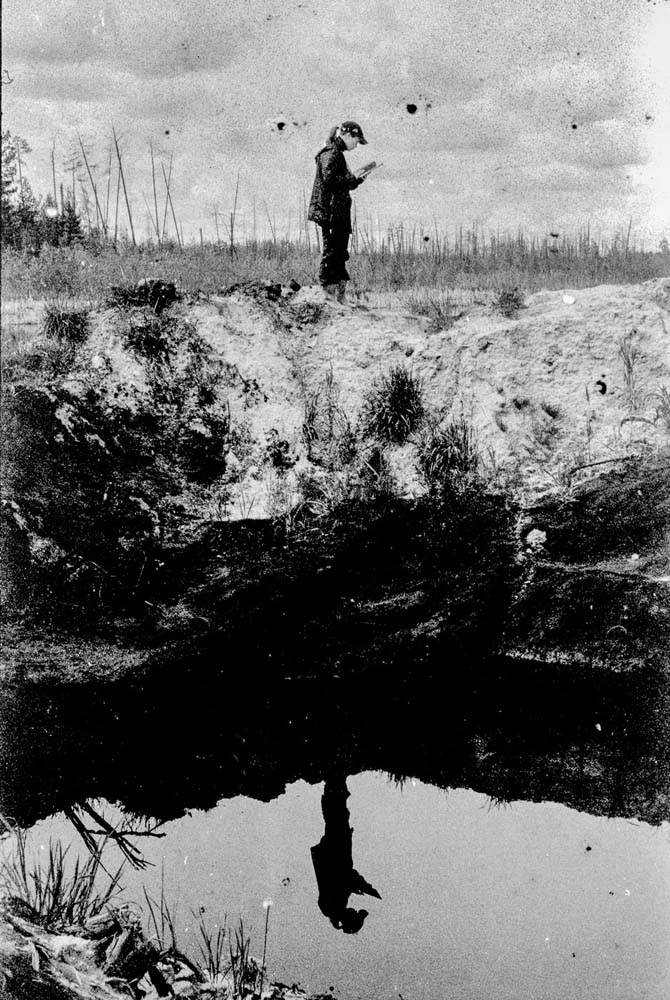
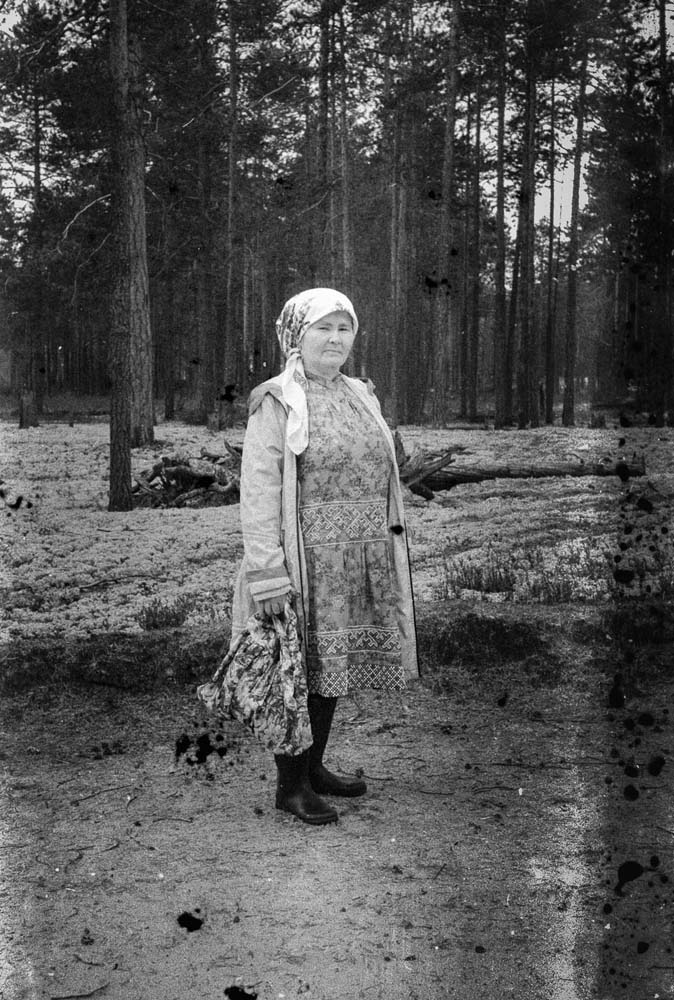

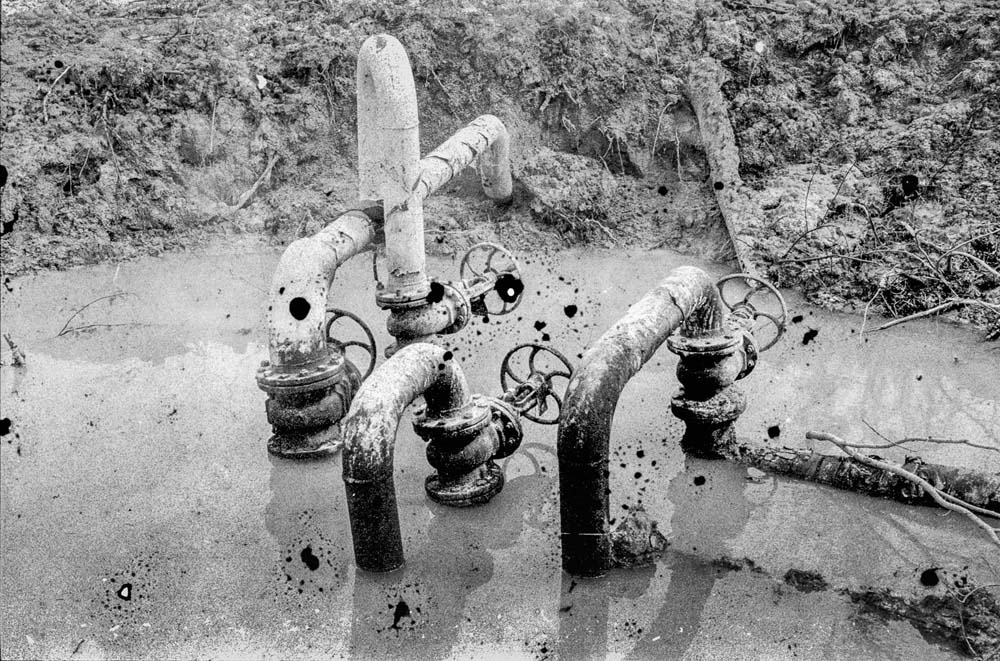
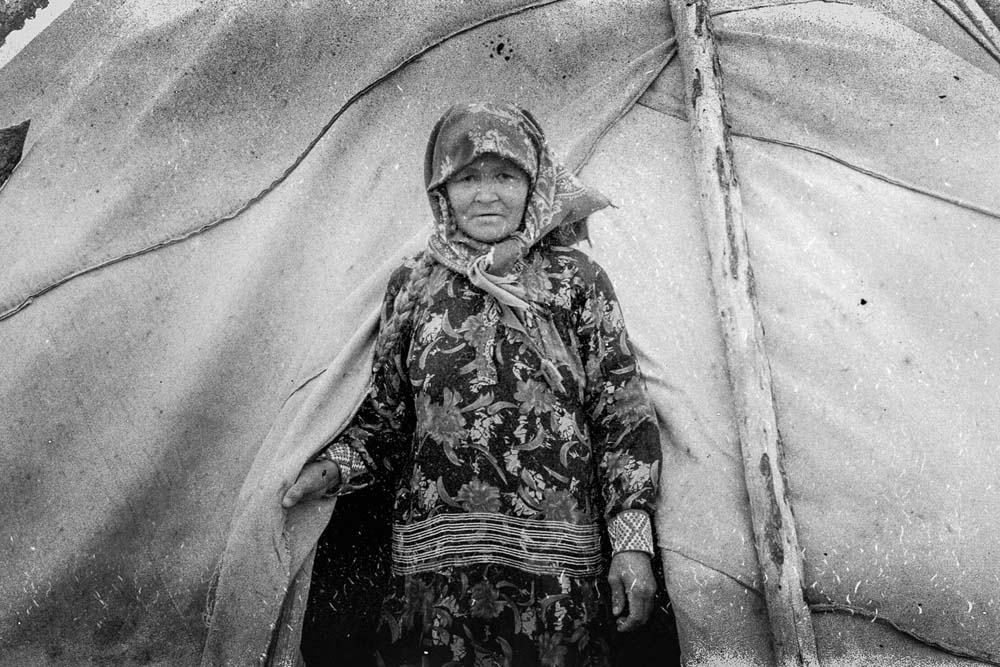

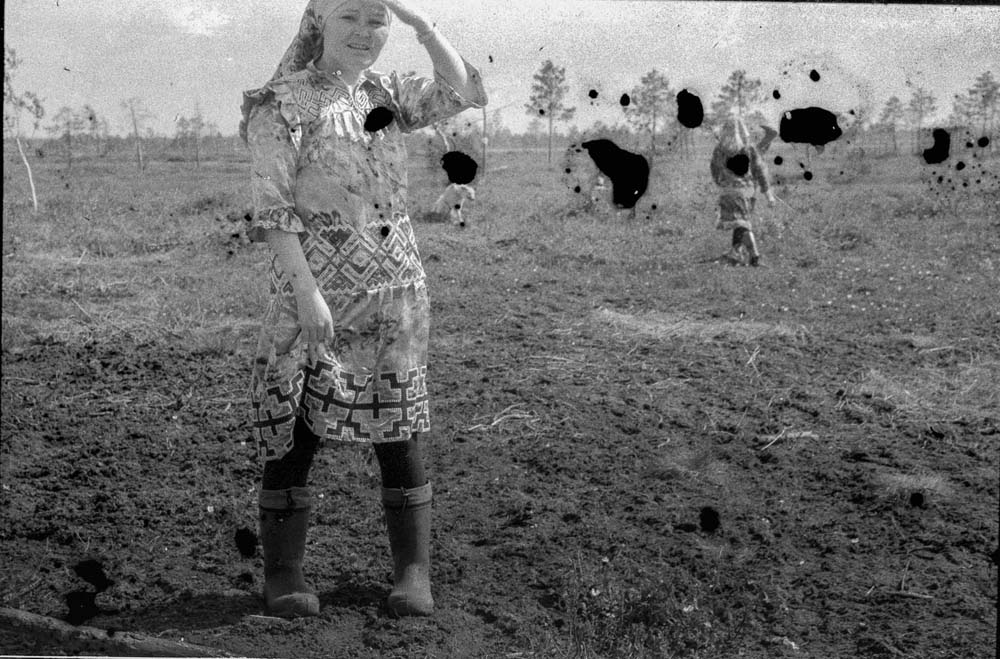

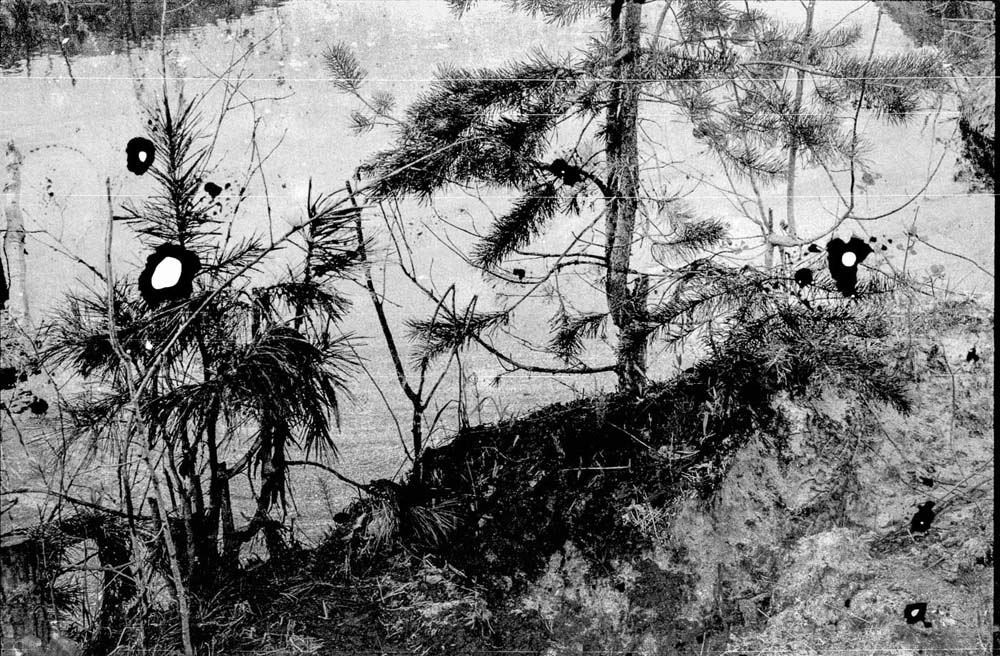


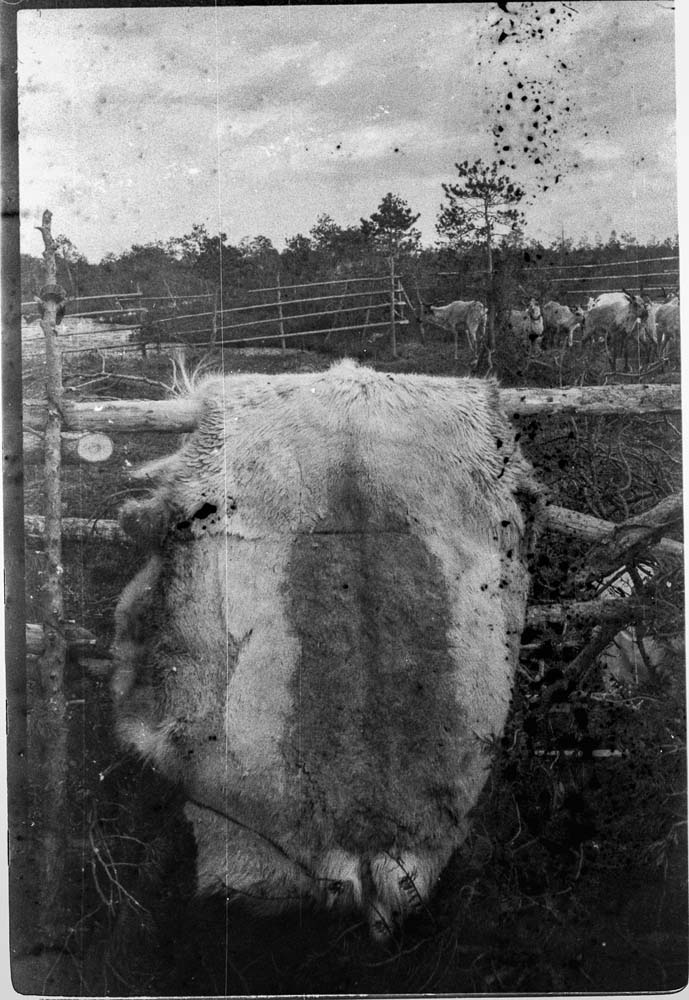


PROJECT LAUNCH: Artist's Statement
Winner: Igor Tereshkov
Oil and Moss
Oil and Moss, dig. prints, 30-40cm. At the summer of 2018 I arrived to KhMAO as a Greenpeace and #stopoilspill movement volunteer to shoot whats happens with indigenous people at the north territories full of oil producing. There is about 1.5 million tons of oil are poured out annually to the environment in Russian, this figure is approximately twice the volume of the spill in the Gulf of Mexico in 2010. About 50% of Russian oil produced in KhMAO, licensed areas often coincide with the places of residence of Indigenous Peoples. Local oil workers joke about KhMAO, that this is one large licensed area for oil production. Near Surgut in Russkinskaya vlg. I met Antonina Tevlina from Khanty people, her mother and father still live an indigenous way of life. Nomadize and grazing reindeers at their ancestral territory of about 600 hectares, they faced a new problem, oil producers came to their land. Shot on 35mm film, oil-containing liquid from oil spills in KhMAO was used at the stage of film developing . Oil randomly destroys gelatinous “flesh” of film deform it with holes and scratches exactly as harmed environment deformed under the oil spillage. I plan to present my project with exhibition and installation in Moscow , make prints with optical enlarger, and make a maquette of book with real moss.

PROJECT LAUNCH: Artist's Statement
Honorable Mention: Moira McDonald
Pacifica
Dense fog blankets the landscape here. Up on my coastal ridge I am cloaked in its cool grey; often for months on end I am kept enveloped in clouds. Very late in the night, the fog sits so thick and hangs so low it becomes a dense mist of individual droplets drifting in the night sky. The mornings are covered in wet, and by mid day the nights collection predictably disappears again - absorbed back into the ground, or evaporated again into the atmosphere. I placed my darkroom trays out overnight to collect small puddles of the clouds to dip my silver papers in; they were then exposed on an overcast day until the fog was either absorbed by the paper or evaporated back into the atmosphere. These photographs are traces of automated nature, of collecting and letting go, of natural breath, of process, and of intervention, participation and engagement within the landscape - these are photographs of the fog in Pacifica.

PROJECT LAUNCH: Artist's Statement
Honorable Mention: Dylan Hausthor & Paul Guilmoth
Sleep Creek
Sleep Creek Medium: Archival Inkjet Prints Size: Ranging from 4"x6" to 43"x55" Sleep Creek is a landscape filled with trauma and beauty. It’s a place where animals are only seen when they’re being hunted and humans balance between an unapologetic existence and an abyss of lunacy. These images manipulate a landscape that is simultaneously autobiographical, documentary, and fictional: a weaving of myth and symbol in order to be confronted with the experiential. Following the rituals of those within it, Sleep Creek is an obsession between the subject and the photographer—a compulsion to reveal its shrouded nature.

PROJECT LAUNCH: Juror's Statement
Virginia Heckert
Curator of Photography, The Getty Museum
A few things have become touchstones in my thinking about photography. The first is László Moholy-Nagy’s belief in the late 1920s and early 1930s that an understanding of photography was essential to visual literacy. The second is John Szarkowski’s exploration in his 1978 exhibition Mirrors and Windows of the dichotomy between understanding a photograph as a means of self-expression that reflects “a portrait of the artist who has made it” and as a method of exploration “through which one might better know the world;” equally important is his conclusion that most photographs communicate in the continuum between these two poles. The third touchstone is the difference in our increasingly screen-filled world between experiencing a photograph as an image or as an object and how material presence enriches that experience.
Igor Tereshkova’s Oil and Moss project seemed to address all three of these criteria. By soaking his 35mm black-and-white negatives in oil before printing them, he makes the increasing threat of oil spills to the indigenous way of life of a Khanty family raising reindeer in Surgut in Western Siberia tangible. His project both explores a little-known corner of the world and expresses his deep concern for this environmental hazard.
I also found Moira McDonald’s Pacifica project and Dylan Hausthor and Paul Guilmoth’s Sleep Creek project to be moving projects that intersected with these criteria, though with greater respective emphases on materiality and poetic vision.

